
The historical dictionaries present essential information on a broad range of subjects, including American and world history, art, business, cities, countries, cultures, customs, film, global conflicts, international relations, literature, music, philosophy, religion, sports, and theater. Written by experts, all contain highly informative introductory essays on the topic and detailed chronologies that, in some cases, cover vast historical time periods but still manage to heavily feature more recent events.
Brief AZ entries describe the main people, events, politics, social issues, institutions, and policies that make the topic unique, and entries are cross-referenced for ease of browsing. Extensive bibliographies are divided into several general subject areas, providing excellent access points for students, researchers, and anyone wanting to know more. Additionally, maps, photographs, and appendixes of supplemental information aid high school and college students doing term papers or introductory research projects. In short, the historical dictionaries are the perfect starting point for anyone looking to research in these fields.
HISTORICAL DICTIONARIES OF WAR, REVOLUTION, AND CIVIL UNREST
Jon Woronoff, Series Editor
The United StatesMexican War , by Edward H. Moseley and Paul C. Clark Jr. 1997.
World War I , by Ian V. Hogg. 1998.
The United States Marine Corps , by Harry A. Gailey. 1998.
The Wars of the French Revolution , by Steven T. Ross. 1998.
The Spanish-American War , by Brad K. Berner. 1998.
The Persian Gulf War , by Clayton R. Newell. 1998.
The United States Air Force and Its Antecedents , by Michael Robert Terry. 1999.
World War II: The War Against Japan , by Anne Sharp Wells. 1999.
British and Irish Civil Wars , by Martyn Bennett. 2000.
The Cold War , by Joseph Smith and Simon Davis. 2000.
Ancient Greek Warfare , by Iain Spence. 2002.
The Crimean War , by Guy Arnold. 2002.
The United States Army: A Historical Dictionary , by Clayton R. Newell. 2002.
Ancient Egyptian Warfare , by Robert G. Morkot. 2003.
Arms Control and Disarmament , by Jeffrey A. Larsen and James M. Smith. 2005.
The Russo-Japanese War , by Rotem Kowner. 2005.
Afghan Wars, Revolutions, and Insurgencies, Second Edition , by Ludwig W. Adamec. 2005.
The War of 1812 , by Robert Malcomson. 2006.
Nuclear, Biological, and Chemical Warfare , by Benjamin C. Garrett and John Hart. 2007.
Civil Wars in Africa, Second Edition , by Guy Arnold. 2008.
The Northern Ireland Conflict , by Gordon Gillespie. 2008.
The Anglo-Boer War , by Fransjohan Pretorius. 2009.
The Zulu Wars , by John Laband. 2009.
Terrorism, Third Edition , by Sean K. Anderson with Stephen Sloan. 2009.
American Revolution, Second Edition , by Terry M. Mays. 2010.
Dirty Wars, Second Edition , by David Kohut and Olga Vilella. 2010.
Korean War, Second Edition , by Paul M. Edwards. 2010.
Holocaust, Second Edition , by Jack R. Fischel. 2010.
United States Navy, Second Edition , by James M. Morris and Patricia M. Kearns. 2011.
War in Vietnam , by Ronald B. Frankum Jr. 2011.
The Civil War, Second Edition , by Terry L. Jones. 2011.
Spanish Civil War, by Francisco J. Romero Salvad. 2013.
The Crusades, Second Edition , by Corliss K. Slack. 2013.
The Chinese Civil War, Second Edition , by Christopher R. Lew and Edwin Pak-wah Leung. 2013.
World War II: The War against Germany and Italy , by Anne Sharp Wells. 2014.
The French Revolution , Second Edition , by Paul R. Hanson. 2015.
Chechen Conflict , by Ali Askerov. 2015.
Chinese Cultural Revolution, Second Edition , by Guo Jian, Yongyi Song, and Yuan Zhou. 2015.
Russian Civil Wars, 19161926 , by Jonathan Smele. 2015.
The ArabIsraeli Conflict , Second Edition , by P. R. Kumaraswamy. 2015.
Historical Dictionary of the Russian Civil Wars, 19161926
Jonathan D. Smele
ROWMAN & LITTLEFIELD
Lanham Boulder New York London
Published by Rowman & Littlefield
A wholly owned subsidiary of The Rowman & Littlefield Publishing Group, Inc.
4501 Forbes Boulevard, Suite 200, Lanham, Maryland 20706
www.rowman.com
Unit A, Whitacre Mews, 26-34 Stannary Street, London SE11 4AB
Copyright 2015 by Jonathan D. Smele
All rights reserved. No part of this book may be reproduced in any form or by any electronic or mechanical means, including information storage and retrieval systems, without written permission from the publisher, except by a reviewer who may quote passages in a review.
British Library Cataloguing in Publication Information Available
Library of Congress Cataloging-in-Publication Data
Smele, Jon.
Historical dictionary of the Russian civil wars, 19161926 / Jonathan D. Smele.
pages cm. (Historical dictionaries of war, revolution, and civil unrest)
Includes bibliographical references and index.
ISBN 978-1-4422-5280-6 (hardcover : alkaline paper) ISBN 978-1-4422-5281-3 (ebook)
1. Soviet UnionHistoryRevolution, 19171921Dictionaries. 2. Soviet UnionHistory19171936Dictionaries. 3. Civil warSoviet UnionHistoryDictionaries. I. Title.
DK265.S526 2015
947.084'103dc23
2015011566
 The paper used in this publication meets the minimum requirements of American National Standard for Information SciencesPermanence of Paper for Printed Library Materials, ANSI/NISO Z39.48-1992.
The paper used in this publication meets the minimum requirements of American National Standard for Information SciencesPermanence of Paper for Printed Library Materials, ANSI/NISO Z39.48-1992.
Printed in the United States of America
For Grace
Contents
Editors Foreword
Warsespecially civil warsare bloody and messy, and few were as bloody and messy as those that raged in and around Russia before, during, and after the Bolshevik Revolution of October 1917. Not easily defined or confined, these conflicts extended well beyond the borders of todays Russia (or even the collapsing Russian Empire of that time), spilling over into what are now several other independent countries and stretching across territories of 7,000 miles from west to east (from Poland to the Pacific) and half that distance from north to south (from the Arctic Ocean toand beyondthe borders of China and Persia). The contenders were not just the Reds and the Whites of popular renown, as our author here makes clear, but a host of other political and national formations, as well as the interventionist forces of the Allies (chiefly Britain, France, Japan, and the United States) and the Central Powers (chiefly Germany, Austria-Hungary, and Turkey). But while the Whites, various non-Russian nationalist forces, anarchists, and popular socialists were active in diverse regions, the Reds had to stretch in every possible direction, and it is almost miraculous that they emerged (for the most part) victoriousalthough many of the Soviet leaders responsible for Red victories in the civil wars eventually ended up in jail, exile, or unmarked graves. The number of casualties, not surprisingly, was in the millionsmost of them a result not of the actual warfare but rather of the accompanying waves of famine and disease and the general mayhem of the times. Whether this was all worth it probably rarely crossed the minds of those involved, because they felt themselves to be playing for huge stakes: nationhood and freedom for some, domination of a precious ideology (endowed with all sorts of possible virtues) for others. Yet having recently witnessed the collapse of the huge Soviet empire that arose from the Russian civil wars, one may be permitted some doubts.
This was a big waror rather, it was a huge compendium of small and medium-sized warsand consequently, this is a big book. Like all other volumes in the War series, though, it covers its subject very systematically. It begins with a list of acronyms and abbreviations, so that readers can follow the key institutional and organizational players, which were often not generally known by their full names (and in some cases are known better by their Russian titles and especially acronymsa form regarded as revolutionary at the time and much favored by the Soviet government). The chronology that follows is more essential than ever in this volume, since it is extremely hard to keep track of so many different phases and locations of these diverse conflicts without knowing what happened where and when across the huge expanse of the former Russian Empire. Subsequently, the authors introduction does a masterly job of bringing it all together, explaining the importance of the work, outlining the general tide of events and decisive encounters, and then weighing up just who won or lost the most, as well as seeking to establish that the conflicts under discussion began earlier and lasted longer than is normally supposed. But there is no doubt that the core of the book is the dictionary, with substantial entries on many hundreds of persons who played a significant role, on every side, as well as hundreds more entries covering the major political and military institutions and organizations of all the contending sides. Key events and campaigns of the wars are also included, as well as many reflective aspects of the subject (including, for example, the Russian Civil Wars portrayal in film and literature). Still, big as this book may be, there is much more that can be learned about the Russian Civil Wars, and the substantial bibliography, therefore directs readers to the best sources in a range of languages.
Next page
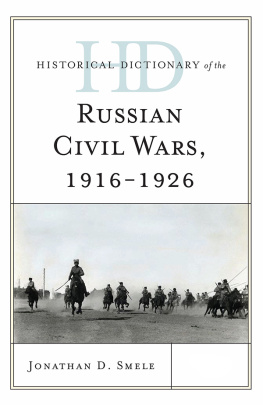

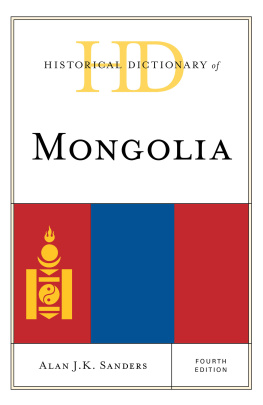
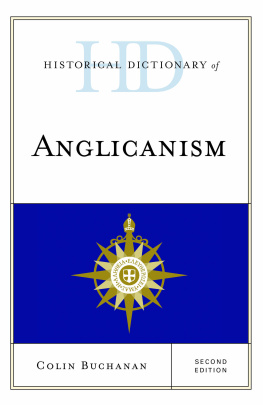
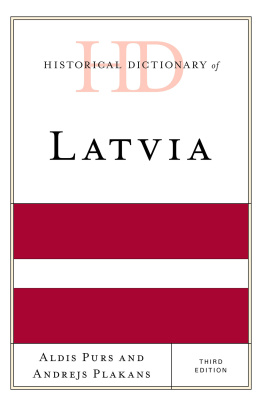

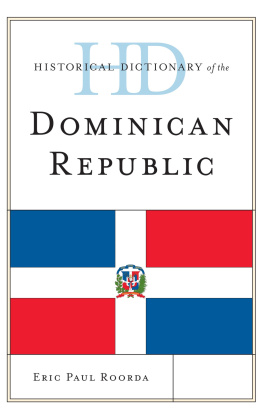
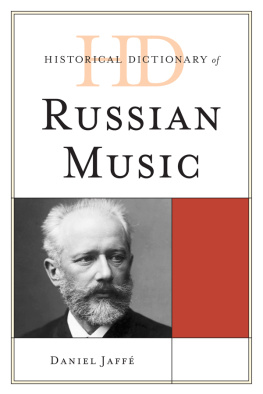

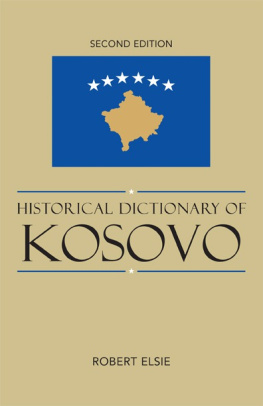

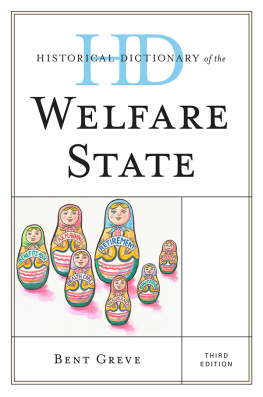
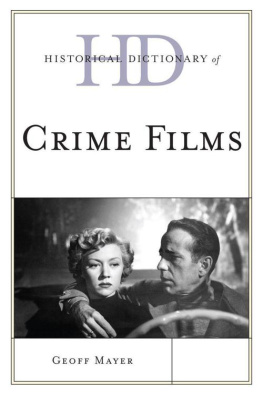

 The paper used in this publication meets the minimum requirements of American National Standard for Information SciencesPermanence of Paper for Printed Library Materials, ANSI/NISO Z39.48-1992.
The paper used in this publication meets the minimum requirements of American National Standard for Information SciencesPermanence of Paper for Printed Library Materials, ANSI/NISO Z39.48-1992.